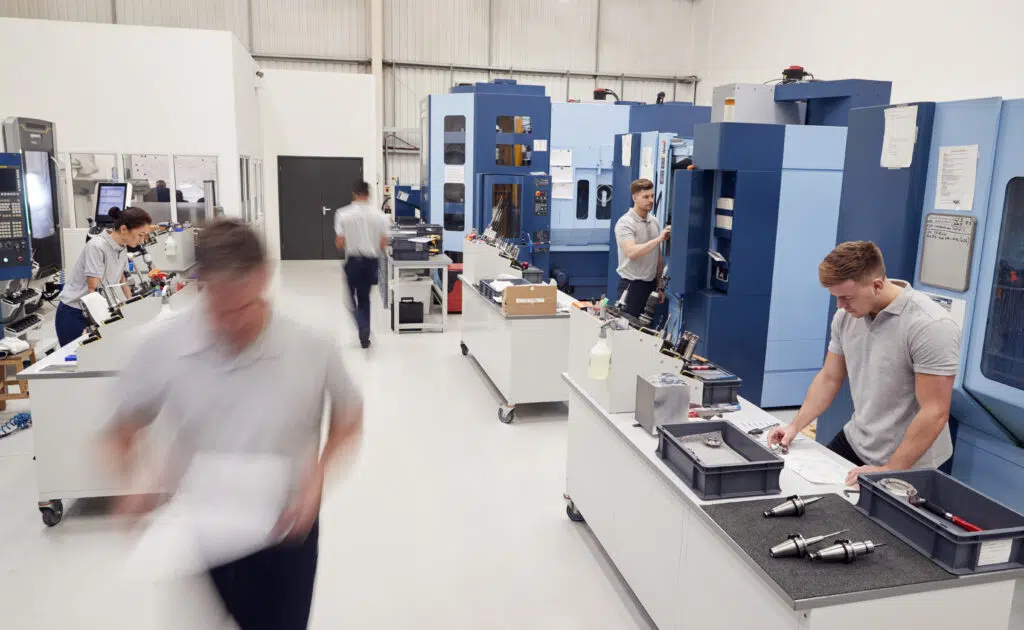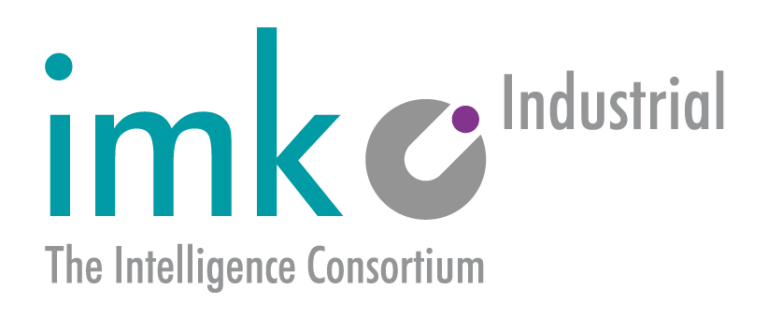Employee utilization optimize: How to increase efficiency and productivity despite a shortage of skilled workers
In many companies, the optimal utilization of employees is a decisive factor for success. Especially in times of a shortage of skilled workers and fluctuating production volumes, it is more important than ever to make efficient use of available resources. How can employee utilization be improved without risking overwork or jeopardizing quality? In this blog post, we show you how to uncover potential in your production and highlight which strategies for optimizing capacity utilization can sustainably increase your productivity.
1. precise analyses as the key
In order to improve something, you first need to know exactly what the current situation is. For the optimization of employee utilization, this means that there must be clarity about what qualifications the employees have, what tasks they perform and how long they need for each individual work step during the manufacture of a product. Precise allocation of employees to the corresponding workstations therefore requires exact information on how much time the employee spends on main tasks (such as assembly or conventional turning) and secondary tasks (such as random sample checks, changing containers or confirming production orders) per order.
This data can be used to determine the workload of an employee depending on their assignment to the workstations. If, in addition, the possible delay of an employee who still has to complete a task at another workstation is to be taken into account, it is essential to know the exact duration and frequency of all main and secondary activities of an item at the respective workstation. To determine the times of main and secondary activities, methods such as MTM analysesRFEA time studies or employee self-reporting can be used. Insignificant and infrequently occurring activities, on the other hand, can be evaluated by comparison and estimation.

2. evaluate the current status
In order to optimize employee utilization, it is crucial to have a comprehensive understanding of the main and secondary activities and to record these systematically. As soon as knowledge of the main and secondary activities of employees is available, it is possible to use Software the current status of employee allocation to the respective workstations can be recorded quickly and efficiently. The result shows the actual workload of the employees in question and makes it clear where there is overutilization or underutilization. The aim should be to avoid such imbalances and instead achieve the most homogeneous utilization of the workforce possible. To make this possible, it is necessary to expand the qualifications of employees in a targeted manner, for example through training or further education, so that they acquire the necessary skills. At the same time, the allocation of employees to workstations should be continuously optimized to ensure that the available resources are used in the best possible way and that there is a balanced work flow. In this way, overstretching can be avoided and the entire workforce can be deployed efficiently and sustainably.
3. distribute resources efficiently
With modern software, not only can the current status be mapped and potential identified, but the optimum allocation of employees to workstations can also be determined automatically. This process is not only fast, but also enables various scenarios to be calculated. For example, it is possible to analyze how additional qualifications through training or the loss of qualifications through departures affect the assignment. However, it is important to note that without taking into account the frequencies and durations of the individual activities, a 1001TP3 utilization of the employees in a workshop production is not realistic. In contrast, synchronized production enables almost complete utilization of the employees, minus the distribution times.
In workshop production, it has been proven that employees should not be utilized to more than 85% if they operate two machines, no more than 75% if they operate three machines and no more than 70% if they operate four or more machines. Multiple machine operation with more than 4 employees working together should be avoided, as the coordination effort increases disproportionately and the savings are often insufficient. Overall, this approach makes it possible to quickly and efficiently determine which employees should best be assigned to which workstations in order to optimize capacity utilization and increase efficiency.

4 Conclusion: Employee utilization as a success factor
Optimal employee utilization is a key component for increasing efficiency and productivity. With well-founded data and the right method (rough or detailed assignment of employees to workstations), existing employees can be assigned to workstations in the best possible way. You can identify qualification requirements and increase employee motivation and satisfaction through homogeneous utilization, which has a positive long-term effect on company performance. Rely on strategic and flexible employee planning to remain competitive even in uncertain times.
Optimization of your manual production processes for maximum efficiency
Take the opportunity now to use our Efficiency turbos optimize your employee utilization!


